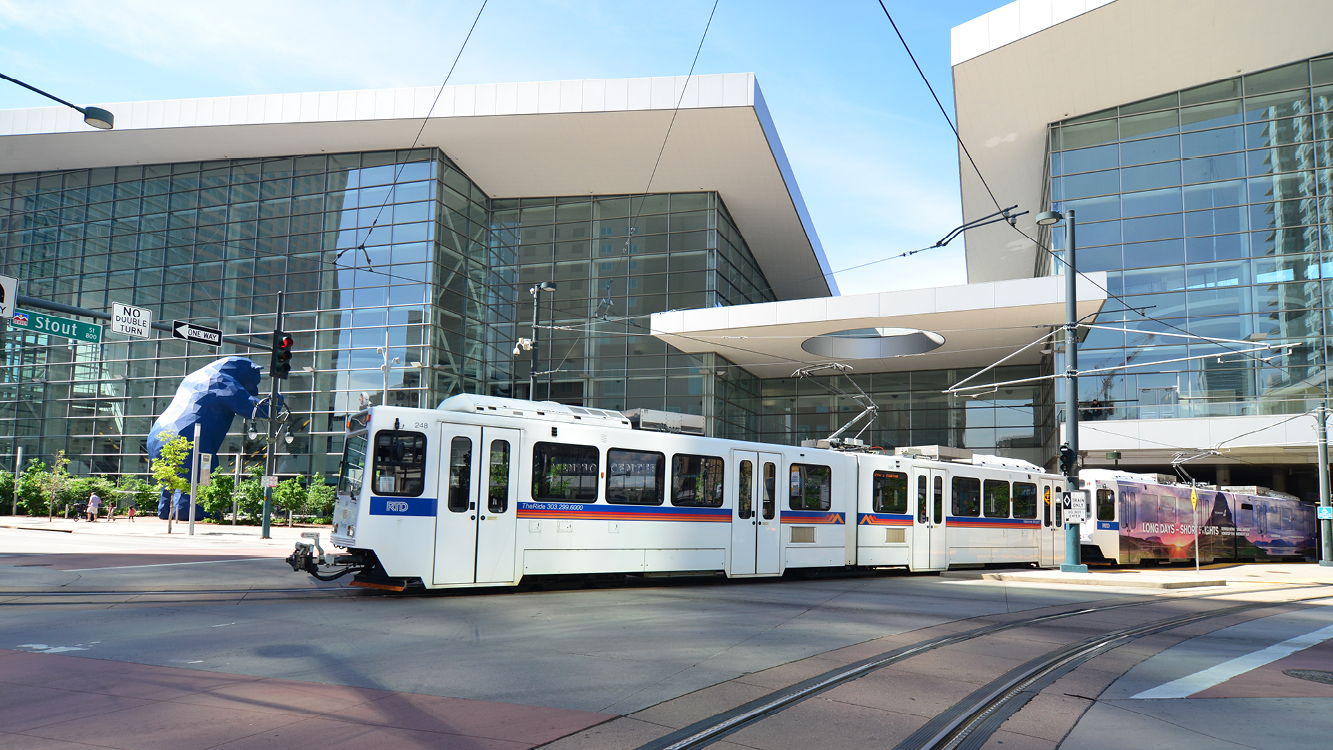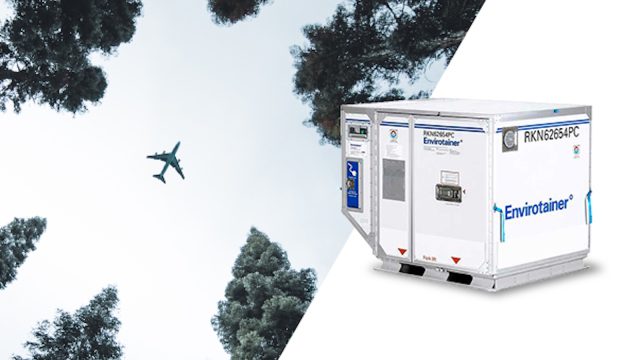HVAC and alternative refrigerants: setting the stage for global safety standards
The task therefore is to ensure that HVAC technologies are able to demonstrate, through rigorous testing, the strictest safety credentials in scenarios up to and including a catastrophic crash. A goal that’s being hampered by the lack of universal testing criteria that regulators, international standards bodies, manufacturers, and customers, can apply.
It’s a problem that was raised a few years ago by some of our rail customers, which initiated a multi-year research program at Thermo King. By reading on, you’ll find a brief summary of progress to date, and headlines from a comprehensive research paper…

Drivers of change
Going back first to the beginning, there were three principal reasons why a number of leading rail organizations looked to Thermo King for support:
- Our long-standing partnerships with rail clients, based on a proven HVAC product line
- Our reputation for innovation, which is backed up by the testing facilities available at our Prague ETC Center
- The fact that we maintain close relationships with our rail customers, and base our R&D activity around their strategic priorities
This last point is particularly important, as it meant we already had deep insight into the business drivers behind the project. The first of these were environmental concerns, and our clients’ desires to advance their sustainability agendas. The second was the growing list of regulations in Europe aimed at minimizing the use of refrigerants with high GWP ratings. Then thirdly came the more practical need of exploring more sustainable refrigerants, to ensure the operating life of a rail carriage (typically 30-years) isn’t compromised by the gradual phasing out of legacy refrigerants due to their poor environmental performance.
Researching the issue
As already touched upon, alternative refrigerants are typically more flammable in nature when compared to standard options. That can be a problem for HVAC units that, when not well serviced and maintained, can suffer effects like corrosion and minor leaks.
The result can be a flammable gas, even if in miniscule amounts, escaping into the roof space of a passenger carriage.
To help mitigate this risk, Thermo King has undertaken extensive research into the topic. A project lead by our colleagues in India who have run a series of complex computer simulations, validated by the Prague ETC, into a worse-case scenario: an accidental refrigerant pipe rupture caused by a rail accident.
The findings, detailed in a paper entitled ‘Leaked Refrigerant Distribution Around Rail Vehicle’, was presented in August 2023 to the Refrigeration Congress. The key findings included:
- In an accident, when a pipe breaks, the dispersion of refrigerant (in the simulation, this was R-454C) is heavily dependent upon air movement around the train – and whether the condenser fans were still operating
- If the condenser fans were not operational, the leaked refrigerant could exceed its lower flammability limit
- When this happens the proximity of an ignition source, including sparks from the pantograph/other subsystems in the roof, or hot surfaces, becomes a critical concern
Setting the standard
The underlying purpose of the research of course is to help provide an industry standard for testing. This would allow rail organizations to compare the safety and performance of units from different manufacturers, in support of more informed investment decisions.
At the same time, the results also highlight where and how any leaks can occur, which is precious insight for product development teams.
Yet there is also a bigger picture objective that the research is aimed at: to advance the industry’s consensus on what HVAC design can be considered safe and robust throughout the life of the equipment. An ambition that demands the formal adoption of industry best practice and safety standards for governing the use of alternative refrigerants.
Once this is achieved, the benefits will be immediate:
- The railcars will continue to enjoy uncompromised safety
- This in turn will provide the reassurance many need when evaluating the viability of alternative refrigerants
- These best practices will also help guide investments in infrastructure to ensure the safe handling, storage, and distribution of alternative refrigerants
Demonstrate your own safety and sustainability credentials
Delivering more sustainable operations is a core priority for all rail companies. Yet side-by-side with this strategic imperative is a no-compromise approach to safety. Building on our close working partnerships with many leading rail organizations, Thermo King continues to have a proactive role in helping shape global safety standards for utilizing alternative refrigerants.
To find out more about both the research and its application, please get in touch.
Other relevant articles that might interest you

Marine
We Move Food with Energy: Thermo King Launches SG-5000 Genset.
The SG-5000, Thermo Kings's next generator set for refrigerated shipping containers, ensures complete temperature control and …

Air
Four pharma trends that impact the air freight cold chain.
Cold chain by air is on the rise – especially in the area of high-valuable pharmaceuticals, which …

